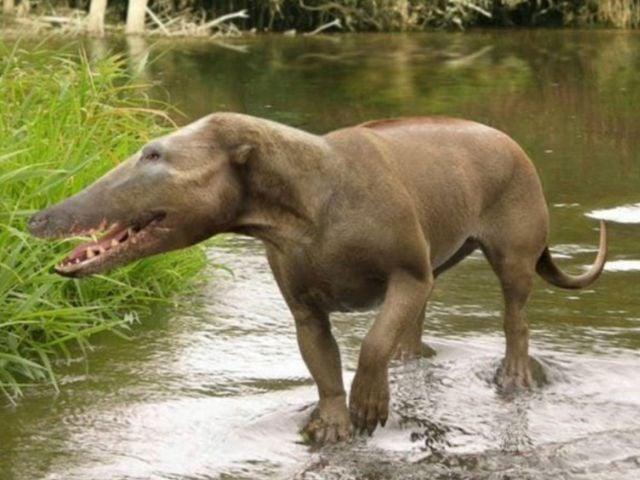The whales, the largest creatures of the ocean, were once animals that lived on the earth that walked on all fours. About 50 million years ago, their ancestors wandered around the coast, evolving towards the marine giants we know today.
One of the first cetaceans, Pakicetus, was a creature of the size of a goat that lived along the banks of lakes and rivers in the current Pakistan.
Although a whale did not look anything like that, Pakicetus showed notable adaptations for life in the water, including the ability to listen to under water.
Pakicetus descendants continued to adapt, which led to the evolution of the ambuloceto, who lived between 50 and 48 million years.
Ambulocetus was suitable for life both on land and water. His big feet were more similar to Pakicetus’s longer legs, and used his tail to swim.
With the passage of time, the species evolved even more, and 40 to 33 million years ago, the totally aquatic Dorudon emerged. Dorudon was a five -meter -long creature with fins and small hind legs, which lived completely in the water and even gave birth under water.
In just 10 million years, cetaceans had fully adapted to aquatic life, marking an extraordinary evolutionary transition. A group of these evolving creatures, known as Baleen whales, developed the flattest skulls and filtering systems in their mouths, such as the views in blue whales and humpback whales.
Meanwhile, other whales, including dolphins, orcs and sperm whales, retained their teeth.
This fascinating earth to sea shows one of the fastest evolutionary transitions in history.




